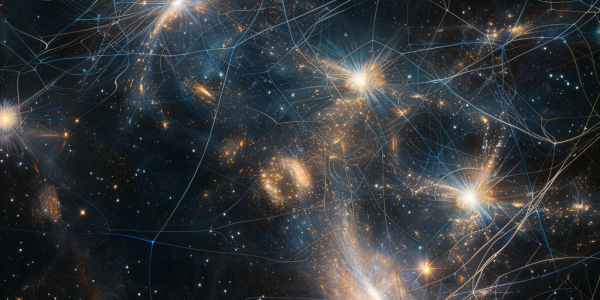Reigniting Curiosity: Dyson Spheres and the Universe’s Missing Mass
Recent studies have reignited curiosity in Dyson spheres, massive theoretical structures that could harness the energy of stars. Could these spheres hold the key to unlocking the mystery of the universe’s missing mass? Despite skepticism, physicist Freeman Dyson’s idea continues to intrigue scientists, but the feasibility of complete Dyson spheres remains questionable. Exploring the enigma of missing mass in the universe, astronomers ponder the potential role of vast gas filaments bridging galaxies. While Dyson spheres may not solve this mystery, Dyson swarms or rings could offer a more practical avenue for investigation.
Scientists Discover Possible Dyson Spheres Around Seven Stars
Scientists have discovered possible Dyson spheres around seven stars, suggesting the presence of advanced alien megastructures. While some experts remain cautious, the search for extraterrestrial life continues to captivate researchers. The study of Dyson spheres offers intriguing insights into the potential existence of intelligent beings beyond Earth.
The Legacy of Dyson Spheres in the Search for Alien Life
Learn about the fascinating concept of Dyson spheres, proposed by physicist Freeman Dyson as a potential method to detect alien life in the universe. Discover how these hypothetical megastructures could emit detectable waste heat in the form of infrared radiation, sparking excitement within the scientific community. Explore the legacy of Dyson’s visionary idea and its impact on the search for extraterrestrial beings.
Scientists Explore Possibility of Dyson Spheres in Space
Scientists are exploring the possibility that mysterious objects in space could be massive Dyson spheres, constructed by advanced civilizations to harness star energy. Project Hephaistos aims to identify potential Dyson sphere candidates using advanced computational techniques and astronomical data analysis, offering a glimpse into the search for extraterrestrial civilizations.




